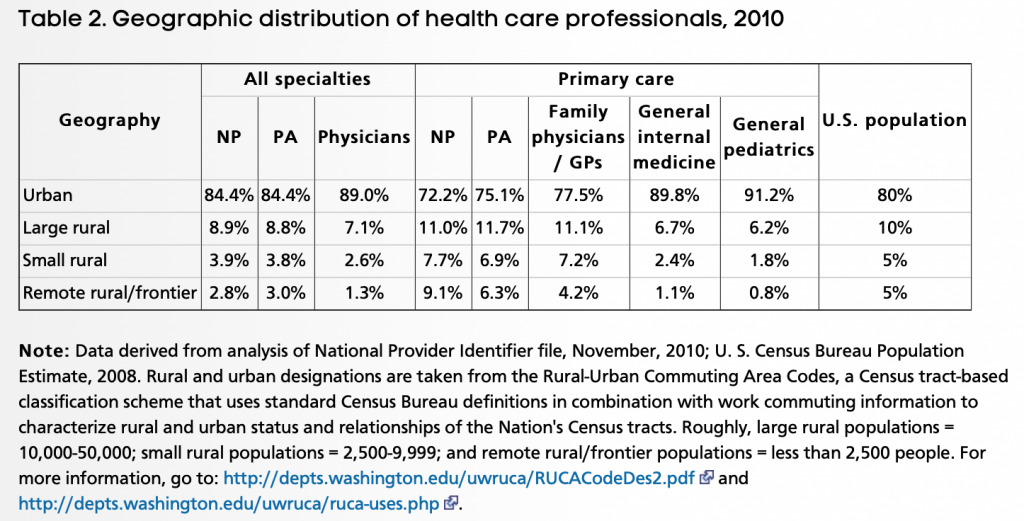How Accepted Standard of Practice in Medicine Has Harmed Patients
The US (and sometimes global) medical community has not infrequently accepted and disseminated medical practices that ended up harming, including killing, millions of patients. If you want to learn more than what is in this post, just Google “medical treatments that harmed more than helped”. Here are just a few that not only became accepted standard of practice, but doctors were unwilling to stop them when they were proven wrong. Some of these I’ve already described.
X-ray Therapy for Adolescent Acne
In the late 1800’s and early 1900’s doctors began treating acne with x-rays. There was very little knowledge or understanding of the long-term consequences of x-ray treatments. The patient’s skin looked better. That’s all doctors focused on. As it turned out, x-ray treatment for acne caused thyroid cancer, parotid (salivary gland) and parathyroid tumors. Some doctors were still using the treatment in the 1990’s even though a causal relationship was suspected and proven before 1960. Yes, a hundred years of using a treatment for a non-life-threatening condition whose side-effects were life-threatening, despite warnings.
The Low-fat, Low-cholesterol Diet for Cardiovascular Disease Prevention Leads to the Obesity and Diabetes Epidemics
In the mid-late 1970’s and really peaking in the 1980’s, the Cardiology Societies and literature fanatically promoted a low-fat (including a no-fat), low cholesterol diet for primary and secondary prevention of heart disease, mainly heart attacks. It turns out the research was funded by the Sugar Industry. This was revealed in a 2016 article published in JAMA Internal Medicine (Sugar Industry and Coronary Heart Disease ResearchA Historical Analysis of Internal Industry Documents; Cristin E. Kearns, DDS, MBA; Laura A. Schmidt, PhD, MSW, MPH; Stanton A. Glantz, PhD; JAMA Internal Medicine Published online September 12, 2016). This resulted in people switching from their current diet to as low a fat and cholesterol diet they could get. The food industry flooded the market with low or no fat food products, like Snackwells, that were predominantly carbohydrates (lots of sugar) and processed grains. Around this time, the average daily caloric intake increased from~2000 calories a day to ~2600 calories a day without a commensurate increase in average daily caloric expenditure. Some experts assert that the low/no fat diets fueled the increase in caloric intake, as carbohydrates don’t create long-term satiety (that’s why you get hypoglycemic and start looking for something to snack on at 10:00 AM when you eat a predominantly carbohydrate breakfast at 7-8:00 AM). You need a certain amount of fat and protein to suppress hunger and maintain an adequate blood sugar level.
So, the Sugar Industry started, guess what, making a lot of money. In the meantime, the obesity epidemic started. This has resulted the Diabetes Type 2 epidemic, which is killing people from complications of diabetes, including, guess what, HEART ATTACKS! And, for decades, there has been plenty of evidence that MOST HIGH CHOLESTEROL IS DUE TO GENETICS NOT DIET! Most of the high cholesterol in your blood is internally created. Diet accounts for less than 15% of the cholesterol in your blood. So, now, recent guidelines downplay diet, since it doesn’t contribute that much. Here’s a quote from the Cleveland Clinics website: “Research is beginning to show that your genetic makeup – not diet – is the driving force behind cholesterol levels. About 85 percent of the cholesterol in the circulation is manufactured by the body in the liver”. By the way, this has been known for at least two decades, so the “research is beginning to show” statement is a little disingenuous.
The result of all of this misinformation and Cardiology fanaticism is The Obesity and Diabetes Epidemics. These were foisted on the US and global population by the Cardiologists and flawed research. I remember when the Cardiologists bashed the Atkins Diet, which is low carbs, high fat/protein dieting. Now research is showing that’s better for weight reduction and maintenance than the low fat diet.
So, millions of people are dying due to fanatical promotion of a dangerous lifestyle by medical specialists. As a primary care physician I always was suspicious about the low fat diet. But, I had to recommend it because for 40 years the “guidelines” promoted it and I would get into trouble (and potentially get sued) for deviating from these guidelines (See my post about “Why Health Care Costs So Much – Part 3 – Overtreatment”: The science isn’t as scientific as it looks”(https://www.truthsabouthealthcare.com/costs/overtreatment/).
The Opioid Epidemic
Now we have the Opioid Epidemic. I’m not going to get into this one here as I have an entire post on this (See: “The Real Story Behind The Opioid Epidemic” (https://www.truthsabouthealthcare.com/general/the-real-story-behind-the-opioid-epidemic/)). All I’m going to say here is, the Opioid Epidemic was totally avoidable if the medical community did its due diligence instead of blindly following the American Pain Society (another specialty fanatically promoting unsubstantiated evidence) and the VA and The Joint Commission. I personally never got caught up in this because I never prescribed opioids for chronic pain; I used non-medication interventions for chronic pain.
So, now we have THREE epidemics caused by and maintained by the medical profession, fueled by the physician specialists who got carried away.
High Dose Chemotherapy and Bone Marrow Transplantation for Breast Cancer
I already posted about this one, too. A “standard of care” based on faulty, and even falsified, medical evidence and then fanatically promoted by Oncologists. See my post titled “Why Health Care Costs So Much – Part 3 – Overtreatment” (https://www.truthsabouthealthcare.com/costs/overtreatment/) for a more detailed description of this one. Women dying of the treatment more than the disease itself.
Estrogen and Progesterone Therapy for Post-Menopause Women
Again, I already commented on this (See my post about “Why Health Care Costs So Much – Part 3 – Overtreatment” (https://www.truthsabouthealthcare.com/costs/overtreatment/ )). Major promotion of giving post-menopausal women Hormone Replacement Therapy (HRT) by Endocrinologists and OB/GYNs, which was said to prevent heart attacks, strokes, cancer, etc, when it actually had a detrimental effect on women’s health to the point where the mortality rate was higher in women treated with HRT. Now it is considered malpractice to treat most women with HRT.
Millions of women killed by a treatment fanatically promoted by physician specialists.
And I’m not even getting into Patient Safety, which is a process deficiency issue killing at least 250,000 people a year because neither health care institutions nor physicians see the incredibly urgent need to make health care systems and processes as reliable and error free as possible.
The bottom line is, be wary of anything being fanatically promoted by medical specialists, drug companies or hospital systems. Your life may depend on it. A good rule to live by is “everything in moderation”.

